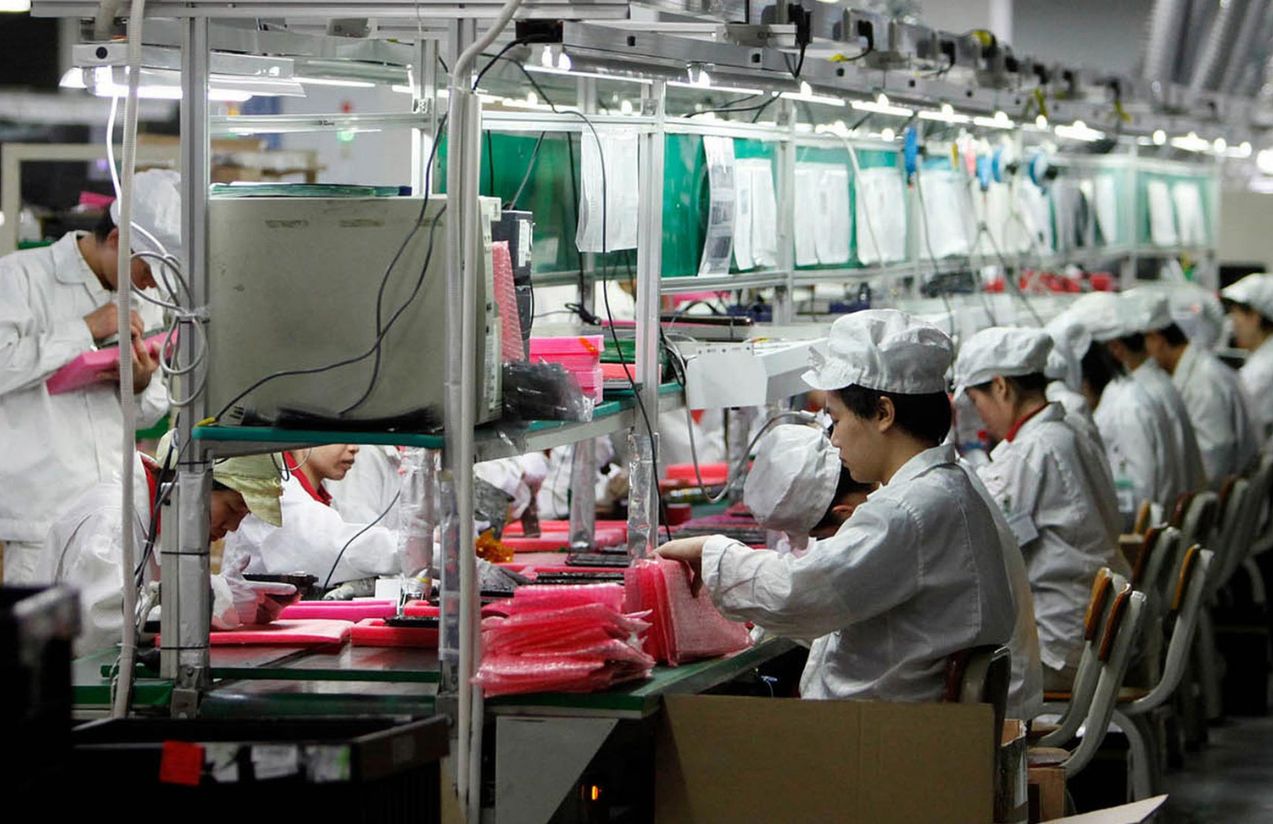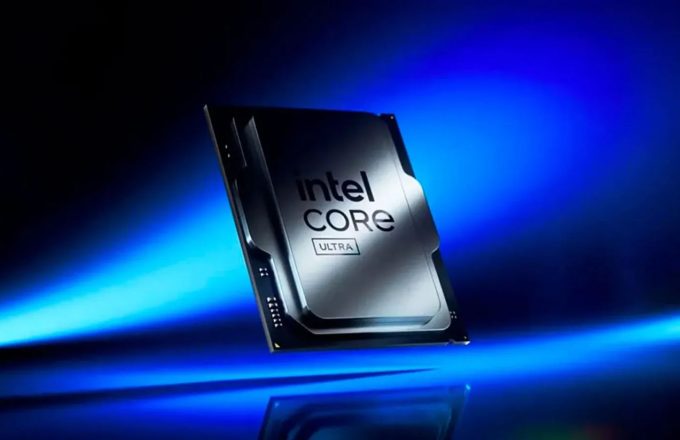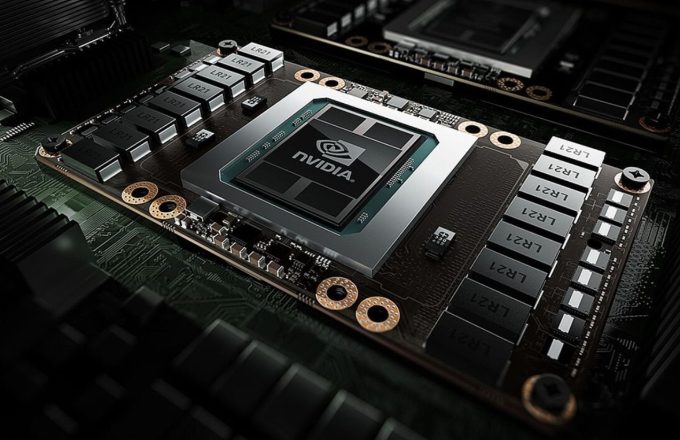On April 12, the U.S. government announced a temporary exemption from tariffs on semiconductors, certain electronic devices, and strategic components. The move offered short-term relief to major American tech companies, but the calm may be fleeting. The administration led by Donald Trump has already signaled that within two months, it will announce which imported chips will be subject to new tariffs.
Amid this uncertainty, Apple has made a key strategic decision: to shift all iPhone production for the U.S. market to India. The goal is to soften the immediate impact of the upcoming tariffs on integrated circuits and electronic devices originating from China. However, such a move cannot happen overnight. Apple aims to ensure that the 60 million iPhones it sells annually in the U.S. are manufactured in India by the end of 2026.
The choice of India is no coincidence. The country stands out as Apple’s most viable alternative at a time when the company is being forced to reduce its reliance on China. To understand this shift, one must take a closer look at Apple’s supply chain and the critical role played by two of its main partners: the Taiwanese firms TSMC and Foxconn.
TSMC manufactures the chips designed by Apple using advanced 5nm and 3nm process nodes and plans to start producing chips with 2nm technology in the second half of 2025. The company operates in both Taiwan and the U.S., and thanks to its robust logistics network across Asia, redirecting shipments from Taiwan to India instead of China poses no major issue. In fact, it’s already doing so.
Foxconn, which assembles most of Apple’s smartphones, already runs manufacturing plants in India, where this work is underway. Pegatron, another key Apple partner, is also assembling iPhones in the country. Both companies have strong supply chains in Asia, enabling them to scale up their operations in India with Apple’s support. The geographic proximity between China and India further facilitates this transition.
Relocating production outside Asia entirely would be a far greater challenge for Apple. But shifting operations from one Asian country to another—where infrastructure is already in place—is a manageable strategy. Given the current situation, it appears to be the most sensible option.
Still, the plan comes with trade-offs. The manufacturing infrastructure Apple has built alongside Foxconn in China may end up underused, cutting short the expected lifespan of what was once seen as a long-term investment.




















